The destruction of the middle class will not be televised – 56 percent of American workers have less than $25,000 saved. Even worse 60 percent of retirees have less than $50,000 saved. 45 million on food stamps and the consequences of peak debt.
The disappearance of the middle class will not be televised. Don’t expect your favorite talking head to relay this information to you. At the core of our economy we have become a consumption nation. This necessarily isn’t negative if we were to balance out the opposite side of the equation with adequate savings. It would be one thing if the working and middle class were consuming with money that they had earned. Instead for over adecade many Americans have used massive amounts of debt in mortgages, credit cards, and student loans to finance things they simply could not afford. Unfortunately this game is up and many are now feeling the financial pangs of a country where the working and middle class are marginalized and government policy is geared to exaggerating the inequality especially in the financial sector. Recent data shows that of current retirees, 60 percent have $49,999 or less saved up in retirement plans. This coincides with other data showing that the average per capita worker makes $25,000. You have those that can save and those that will rely purely on Social Security when they retire.
Debt built economy
The rather prosperous years of the 1950s and 1960s saw a burgeoning of the U.S. middle class. As the chart above shows, we were producing much more than we were taking on in debt. The above reflects housing debt divided by GDP. A lower ratio is powerful because it signifies more production than debt induced spending. This isn’t to say that all debt is bad because it isn’t but relying on debt as much as we have is financially irresponsible. Keep in mind this does not signify that people are spending less. It merely shows that households starting in the 1980s significantly started relying on debt to make up for the loss in overall production and actually spent more money than they really had. These macro trends take years to play out and we are now seeing the end result with our middle class slowly disappearing like a sunset over the mortgaged horizon.
The problem with this kind of economic model is that it produces a short-term high and a painful withdrawal. For example, you can go out and purchase a $30,000 automobile today with a loan. This will boost the economy in a variety of ways and you’ll get the pleasure of having a new car. Yet you have now committed $400 or more per month to a depreciating asset. With middle class incomes falling over the past decade more money has been locked away to future commitments in random items like this. There is nothing wrong with purchasing goods but the fact that we have relied so much on zero down to very low down financing signifies that we were merely using short-term boosts for performance. As things became progressively poorer we simply ramped up our debt and leverage. This is like a person losing their job and suddenly taking a two month trip around the world. Now the bill is coming due.
Gap between spending and revenues
The American consumer is tapped out like a WWF superstar. Just look at the outstanding debt count:
-over $10 trillion in mortgage debt-$1 trillion in student loan debt-over $750 billion in credit card debt
We also have billions more in automotive debt. This is simply unsustainable and we reached the apex reflected in our earlier chart where household debt equaled GDP at a near perfect one ratio. We were going into debt for every ounce of GDP we produced. Yet this sacrifice has come at the expense of the middle class since the top 1 percent have actually seen significant wealth gains over the last few decades:
When we look at retirement and worker data today the facts become even grimmer. Keep in mind that the following data only looks at those working (let us not even examine the over 23 million unemployed and underemployed Americans). Just like the media isn’t covering theshrinking middle class little is reported on the growing sector of flat out poor Americans.
Working and middle class feeling less confident with less money
Source: Employee Benefit Research Institute
The above is a recent report surveying working Americans. The data reflects what we already know. This so-called recovery really isn’t a recovery for working and middle class Americans. Those with less than $25,000 in household savings have ballooned and this figure has more than doubled in four short years. In 2007 at the peak of the debt bubble only 19 percent of these people felt not at all confident regarding their retirement. First, this reflects the psychological delusion that somehow the credit cards and home equity would keep flowing forever. However, this quickly reversed and now 43 percent in this group worry about retirement. Notice all the older workers at Wal-Mart? Mind you that one out of three Americans has no savings at all. The above data only looks at working Americans which excludes a large part of the population. Even those with $25,000 to $99,999 in savings are feeling less confident.
The only group that is feeling better are those with $100,000 or more compared to their 2007 cohort. The bottom line is that those at the bottom rung are growing and savings are being depleted.
Disappearing security
Now the above chart is troubling. Of current retirees surveyed 60 percent have $49,999 saved or less. Since home equity is disappearing because of the crashing housing market, many are seeing what little they have saved shrink away. Yet think about the pressure this will place on theSocial Security system. Many more Americans are going to fully depend on the government for retirement. Life expectancies are also longer and with a younger and smaller workforce competing for fewer jobs, the balance of money coming in and out is not favorable and is guaranteed to bring future problems.
Yet look at the top group of those with $250,000 or more. This number is actually up from the 2007 crisis. So what you have is a larger number of Americans unable to save but those involved deeply in the stock market are growing at a healthy rate. This reflects favorable government policies and bailouts to institutions that favor the wealthy. The top 1 percent are benefitting from the banking graft being perpetrated on the working and middle class of America. Unlike the 1950s through 1960s the growth in wealth is not benefitting all groups. Nothing wrong with growing the financial base of a country. Yet in this slow growth market many in the financial sector need more and more and are looking for ways to gouge the working and middle class by:
-stripping any semblance of worker protection-cramming down lower wages-excessive banking fees and traps to rob the poor-slamming savings rates to the floor creating negative returns for those trying to avoid the stock market casino-inflation because of Federal Reserve generosity to banks-kicking people out of their homes while banks receive handsome benefits-stripping healthcare benefits from workers-stirring up a student loan debt bubble to juice banking profits in another area
The list goes on and the data speaks for itself. The shrinking of the middle class will not be televised but all you need to do is look at your economic situation and you can figure it out rather quickly.
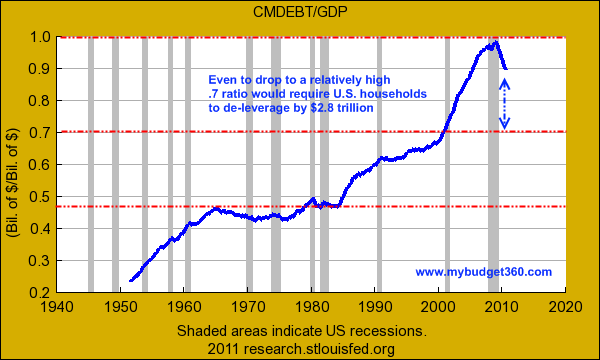
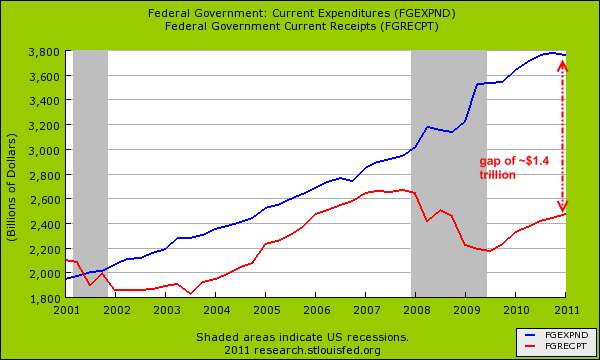
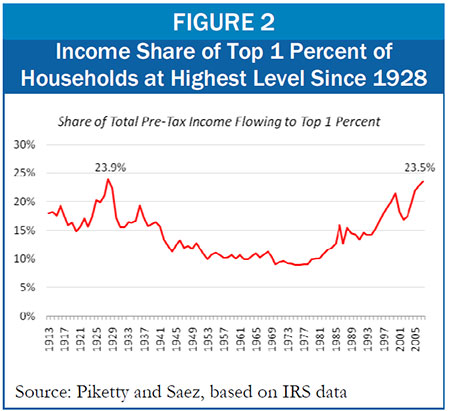
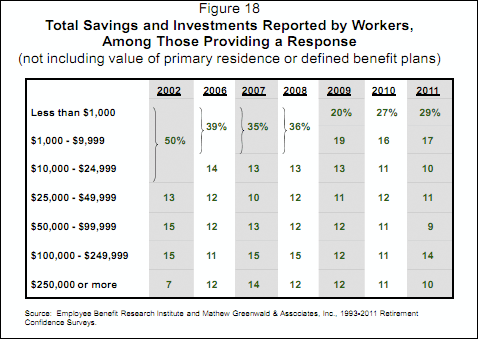
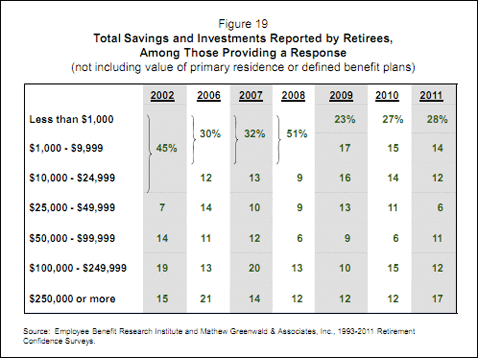
No comments:
Post a Comment